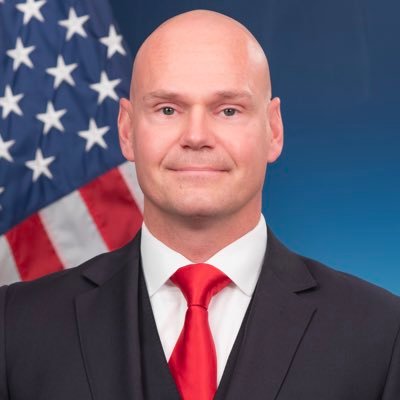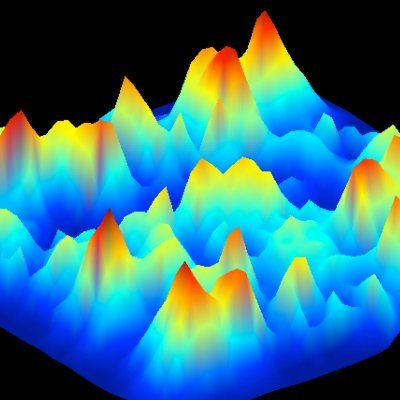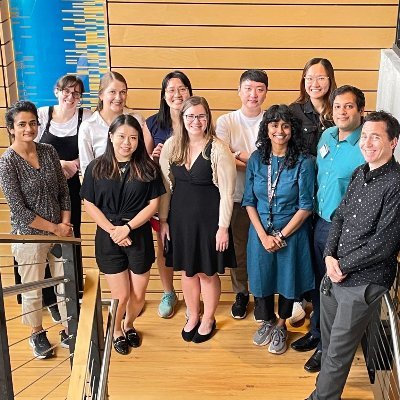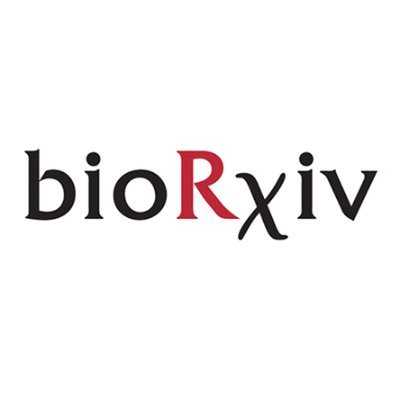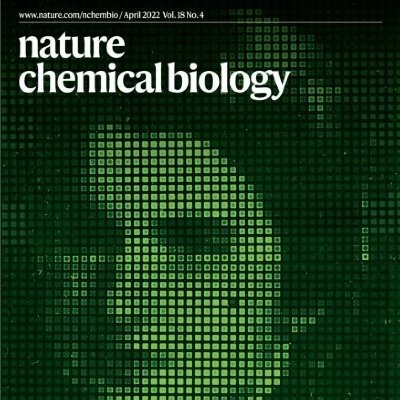
Chappell Lab
@ChappellLab
Followers
885
Following
712
Media
8
Statuses
261
RNA synthetic biology lab, Rice University
Joined December 2020
The Chappell & Stadler Labs (@lauren_stadler) are hiring a postdoc to establish innovative tools for microbiome engineering. Apply: jc125@rice.edu and ls58@rice.edu, more details below. #SynBio #PostdocJobs
0
0
15
The Stadler and Chappell labs (@ChappellLab) are hiring a joint postdoc to join an NSF-funded project on isolating and engineering environmental plasmids for microbiome engineering applications! Email jc125@rice.edu and ls58@rice.edu to apply.
0
8
18
Online now @ Cell is the yeast multicellular engineering paper from @DrFankangMeng - the fruits of his productive PhD. He developed modular synthetic biology tools to bring multicellular behaviours to yeast - adhesion, juxtacrine signalling and more.
cell.com
By designing synthetic toolkits for contact-based signaling (MARS) and cell-cell adhesion (SATURN), we program yeast to form multicellular structures and perform complex tasks, like building logic...
5
38
136
📢 ALERT ALERT 📢 #BTO's monthly newsletter has dropped! Check it out for the latest and greatest opportunities over here at #BTO! Visit the @DARPA webpage for more info: https://t.co/oddcPcy5TT 🫡
0
2
5
Excited to share our latest work on unraveling the role of a key metabolic pathway in human gut microbiome assembly and health-relevant metabolites—powered by machine learning! Led by the talented Yiyi Liu
0
7
24
It seems there are no free-living organisms known to rely exclusively on one other organism for their survival. Until perhaps now. Check out our latest publication in @NatureMicrobiol to see how we designed an exclusive microbial reliance using GCE. https://t.co/VyLIqAirF1 1/2
Genetic code expansion - meet synthetic ecology We designed an exclusive reliance of one engineered bacterial strain on another mediated by a non-standard AA Exclusive reliances btwn free-living organisms aren't known in nature Work led by NSF GRFP recipient Mandy Forti
3
10
25
Nice research briefing article on our @NatureBiotech paper on recording gene transfer using ribozymes in collaboration with @lauren_stadler @JoffSilberg labs! https://t.co/r3MxmcT5M6
0
0
1
Happy Sunday to all! This morning, we are excited to share Chase’s work developing a simple, scalable method to assemble 100s-1000s of custom genes from oligo pools using standard lab tools! (Small 🧵 below)
5
51
189
Happy to announce the our paper describing a new tool for tracking horizontal gene transfer using a splicing ribozyme has been published in Nature Biotechnology! Thanks to everyone on the team for their hard work https://t.co/UhdKGpNNGV
nature.com
Nature Biotechnology - Barcoding microbial ribosomal RNA creates a recording of gene transfer events without requiring translation.
0
1
11
Information storage across a microbial community using universal RNA barcoding https://t.co/GcwHQZU75b
3
36
147
Fresh in @NatureBiotech! We developed a synthetic biology tool for tracking gene transfer in microbial communities and applied it to study plasmid hosts in a wastewater microbiome. Awesome collab with @ChappellLab & @JoffSilberg and incredible students.
nature.com
Nature Biotechnology - Barcoding microbial ribosomal RNA creates a recording of gene transfer events without requiring translation.
Thrilled to share our new preprint on using a new type of microbial memory to track horizontal gene transfer in environmental microbial communities. Amazing collaboration with @ChappellLab and @JoffSilberg labs. https://t.co/bzBiCDjQin (1/n)
2
18
86
Check out our latest paper on using synthetic RNA memory to record gene transfer across real microbial consortia. An amazing collaborative project at Rice U between @ChappellLab, @JoffSilberg, and @lauren_stadler labs! https://t.co/7mQVgxt2iv
nature.com
Nature Biotechnology - Barcoding microbial ribosomal RNA creates a recording of gene transfer events without requiring translation.
1
0
17
Joaquin Caro Astorga's SubtiToolKit paper is published today. This cloning toolkit for Bacillus and Geobacillus was years of effort and indepedent work by @JCaroAstorga1, first in my lab and then with @erika_alden_d at the Crick. It's been a journey!
1
5
35
Excited to share our work in @ScienceAdvances! TLISA is a plug-and-play cell-free protein biosensor system developed by @MeganAMcSweeney. We hope this technology is a stepping stone to expand protein detection at the point-of-care!
science.org
A split polymerase is used to develop a plug-and-play cell-free biosensor platform for point-of-care protein detection.
0
10
44
Title: Engineering Plasmids with Synthetic Origins of Replication https://t.co/N4r5JrEPe2
#biorxiv_synbio
biorxiv.org
Plasmids remain by far the most common medium for delivering engineered DNA to microorganisms. However, the reliance on natural plasmid replication mechanisms limits their tunability, compatibility,...
0
9
49
Pre-print alert: Introducing SynORI: Synthetic origins of replication for customizable and controllable plasmids! Lots of cool applications like co-maintaining six orthogonal plasmids in E. coli for a week and copy-control biosensors! https://t.co/hwHfFI4qPf
biorxiv.org
Plasmids remain by far the most common medium for delivering engineered DNA to microorganisms. However, the reliance on natural plasmid replication mechanisms limits their tunability, compatibility,...
1
0
7
We are excited to make #CRISPR accessible to high school education. 🧬 Go check out the article in @StanfordDaily to read about our frugal CRISPRkits. #democratizingscience #scienceaccessibility
@bioe_stanford @Stanford_ChEMH @Stanford
https://t.co/of5ZNhYuDf
stanforddaily.com
Stanford researchers introduced affordable gene-editing kits ready for the classroom, aiming to make the field more accessible for high school students.
0
6
19
@PaulFreemont opens the UK-Japan engineering biology meeting in Osaka. He pioneers the cell free synthetic biology and is now showcasing a suite of applications
0
2
10
Happy to share our new paper in @NatureMicrobiol on mapping spatial relationships of the human gut microbiome. We identified distinct spatial hubs between gut bacteria that reflect sub-community assemblies at the micron-scale. Led by Miles Richardson & co https://t.co/vgRyhgDcMV
nature.com
Nature Microbiology - Split-And-pool Metagenomic Plot-sampling sequencing (SAMPL-seq) can be applied to complex microbial communities to reveal spatial co-localization of microbes at the micron scale.
1
30
152
ROSALIND 3.0 is out in @nchembio ! Cell-free biosensors are revolutionizing point-of-care diagnostics, but we need greater sensitivity to detect harmful chemicals. Enter: Polymerase Strand Recycling (PSR) — a game-changer for signal amplification! 🌟 https://t.co/jTpVnW972B
nature.com
Nature Chemical Biology - A signal amplification circuit based on recycling nucleic acid inputs with RNA polymerase off-target transcription improves the sensitivity of transcription factor-based...
2
31
93




